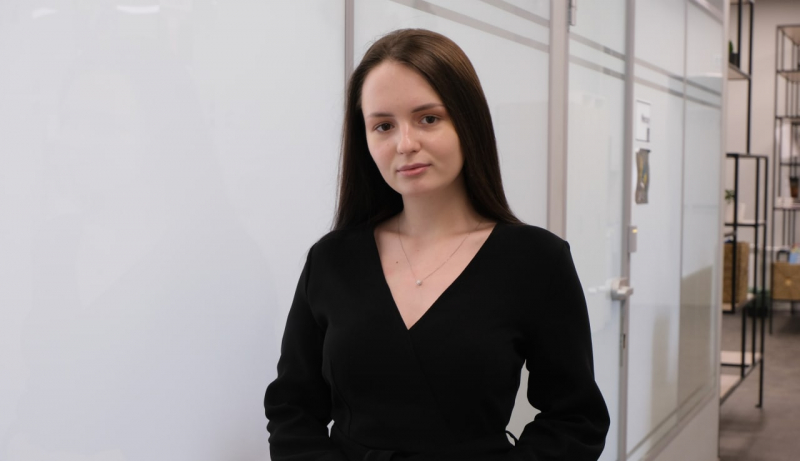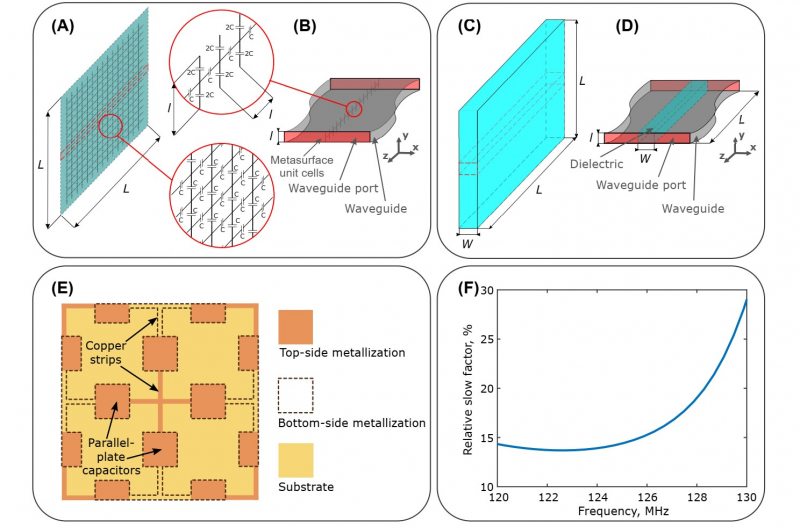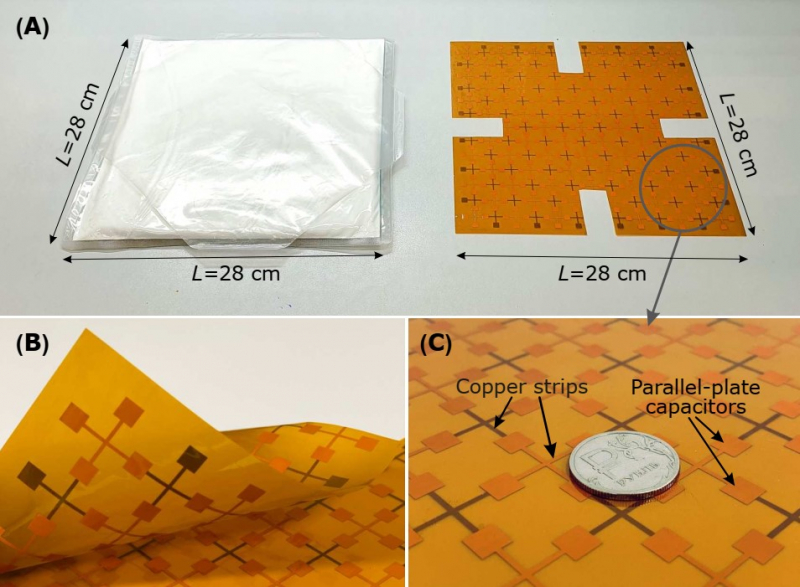With the current MRI technologies, abdominal scans of pregnant women tend to be complicated by specific artefacts, darkened spots, in the images. ITMO University researchers have devised a way to lower the heterogeneity of the electromagnetic field in order to acquire higher-quality images.

The development of MRI technologies is targeted towards getting more and more detailed images, and progress in this respect is quantified by the signal-to-noise ratio. While previously there were weak-field and strong-field scanners, now specialists are moving on to scanners with superstrong fields of about 3 Tesla. Even though such scanners are still rare in Russia (there are about 65 in total in the country), their popularity is growing.
“Scanners with superstrong fields provide greater-quality images,” explains one of the contributing researchers, a third-year student and an employee at ITMO’s School of Physics and Engineering, Anna Kalugina. “However, there is a price to pay for this quality and it comes in the form of dielectric effect artifacts that result in darkened areas in images, for instance when scanning the abdomen. This happens because the wavelength of the scanner is comparable to the abdominal diameter. Experiments demonstrate that the bigger this diameter, the more heterogeneity there is in the resulting images. First of all, this affects overweight people or pregnant women.”
As a solution to this problem, researchers developed a product that spreads the magnetic field to compensate for the heterogeneities. It is a pad with a dielectric layer made from a polyimide film both sides of which have copper matrices with orthogonally criss-crossing conductors linked with capacitors. When affected by the field of the scanner, an induced field forms in each cell of the matrix that helps disperse and equalize the overall electromagnetic field.

An illustration from the article
A research group at ITMO’s School of Physics and Engineering comprised from Vsevolod Vorobyev, Alena Schelokova, Anna Kalugina, Viktor Puchnin, Alexey Slobozhanyuk, and Stanislav Glybovski has been working on the project for one and a half years. Until recently, the new technology was focusing on thickset people, but now the team reoriented towards diagnostics of pregnant women.
“Earlier, we ran tests on thickset volunteers or athletic men. I am currently not only contributing to the project as a researcher by performing calculations, testing the pad’s effectiveness, and evaluating its safety, but also developing the project into a startup, looking for potential customers, applying for grants, and reaching out to clinics for collaboration. In other words, I am doing my best to ensure that our product enters daily life,” says Anna Kalugina.
The pad developed at ITMO stands out thanks to its light weight and flexibility achieved with the proposed ultrathin metasurface. All of these characteristics become especially important when we consider pregnant patients. Notably, the suggested solution has its analogs – but they are made with suspensions of ceramic powders (such as barium titanate, a natural dielectric) and deuterated water, which makes them heavy, weighing about 3 kg. Moreover, these devices tend to heat up in the scanner and their dielectric capacity diminishes with time. The pad developed at ITMO is devoid of these disadvantages.

An illustration from the article
“Computer calculations also demonstrate that our product allows reaching the necessary radiofrequency field amplitudes with lower input power. This way we can bring down the heating of a patient’s tissues, which is crucial, especially for pregnant women, who have higher radiofrequency safety requirements,” adds Anna Kalugina.
The team is currently awaiting approval at the ethics committee of the Almazov National Medical Research Centre to start testing on volunteers. Researchers have also provided their design for review to the Dr. Berezin Medical Institute chain of clinics. Recently, the team has also won the Start-1 contest of the Foundation for Assistance to Small Innovative Enterprises and was awarded a 2 million ruble (about $27,000) grant to continue their research.
Journalist
Translator
